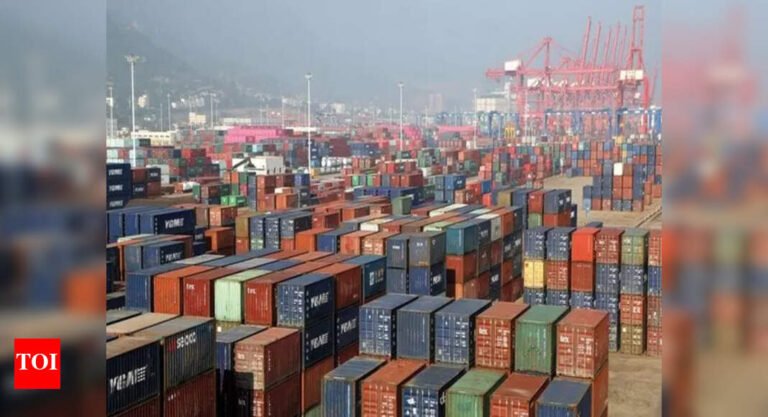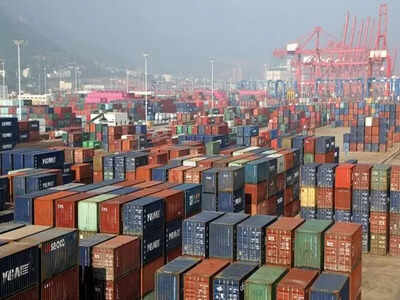India’s merchandise trade gap is estimated to have narrowed slightly to $20.7 billion in June 2025, down from $21.9 billion in May, according to a report by Union Bank of India (UBI). The modest improvement was largely driven by lower crude oil prices, subdued gold imports, and a change in sourcing strategies that helped buffer the impact of global commodity swings.The report pointed to a sharp, albeit brief, drop in global oil prices following a ceasefire between Israel and Iran. This, combined with increased oil production by OPEC+, contributed to a more favourable oil trade balance for India.Though Brent crude did rebound quickly, averaging $69.80 per barrel in June after falling to $64.01 in May, broader supply conditions helped keep import costs from rising too steeply.India’s crude oil imports fell slightly in June to 4.66 million barrels per day, down from 4.72 million barrels per day in May, according to data from Vortexa. Refiners notably ramped up purchases from Russia and the United States, outpacing traditional suppliers in the Middle East. Imports from Russia reached a two-year peak of 2–2.2 mbpd, while shipments from the US soared more than 270% year-on-year during the first four months of 2025.UBI said the shift, driven by discounted Russian oil and a push for diversification, also helped reduce geopolitical exposure by sidestepping the Strait of Hormuz.Still, India’s petroleum exports dipped nearly 10% in June, slipping to 1.19 mbpd from 1.32 mbpd the previous month, which limited the overall improvement in the trade balance. Compared to a year earlier, exports were also down 3.7%.Gold imports also declined, narrowing the country’s gold trade deficit. This came as global prices soared, government rules tightened, and recycling activity increased. Average gold prices stood at $3,353 per ounce in June, up 5% month-on-month and 32% since the start of the year.Domestic demand stayed muted, with gold imports falling to 30.56 tonnes in May from 34.87 tonnes in April, and likely to dip further in June.India imported 16.59 million tonnes of coal through major ports in June, up 1.2% from a year earlier but 2.1% lower than in May. Thermal coal accounted for over 70% of that volume, rising 7.2% year-on-year.Meanwhile, the government introduced anti-dumping duties on four Chinese chemicals and barred imports of jute and woven fabrics from Bangladesh, citing ongoing trade violations and diplomatic shifts. Indian producers of iron ore pellets also sought curbs on imports from Oman, raising concerns over Iranian-linked cargoes impacting domestic markets.“Going forward, commodity prices, especially oil and metals will remain on close watch to assess trends in trade deficit,” the report said, quoted by ANI.It added that if prices continue to climb, India’s import bill could come under strain in the months ahead, although softening global demand and sluggish exports may help balance the overall impact.
Trending
- Syria-DPWorld deal: $800 million Tartus port pact signed; post-Assad regime eyes post-war reconstruction
- EU-Indonesia deal: ‘Political agreement’ sealed; free trade pact to be finalised by September
- The chip race: US opens tech gates for China; Should Indian companies worry?
- US-EU tariff tensions: EU extends suspension of countermeasures to August; Germany urges ‘serious, solution-oriented negotiations’
- Costa Coffee FY25 sales jump 31%; company expands footprint to 220 outlets – check details
- India’s trade gap: Merchandise deficit eases to $20 billion June; helped by falling oil, gold imports
- Stock market this week: Key factors expected to influence D-Street – check details
- Trade war explainer: Donald Trump threatens 20%–50% tariff on 23 nations along with EU, Mexico- check full list
- Mercedes-Benz India to hike prices in September; marks third increase this year – key reasons behind
- NLC India in advanced talks with Russian firm; to source lithium from African mines – check details



